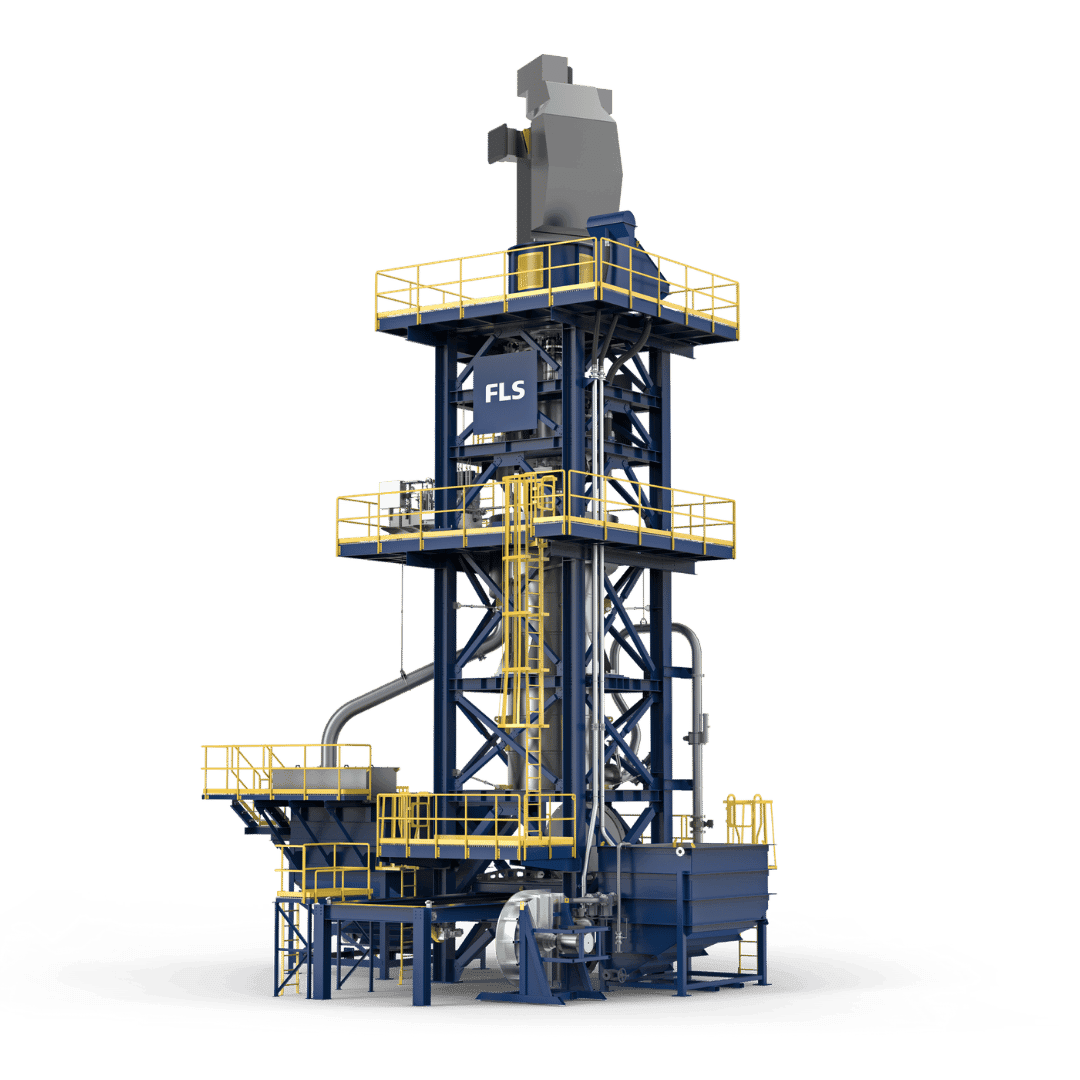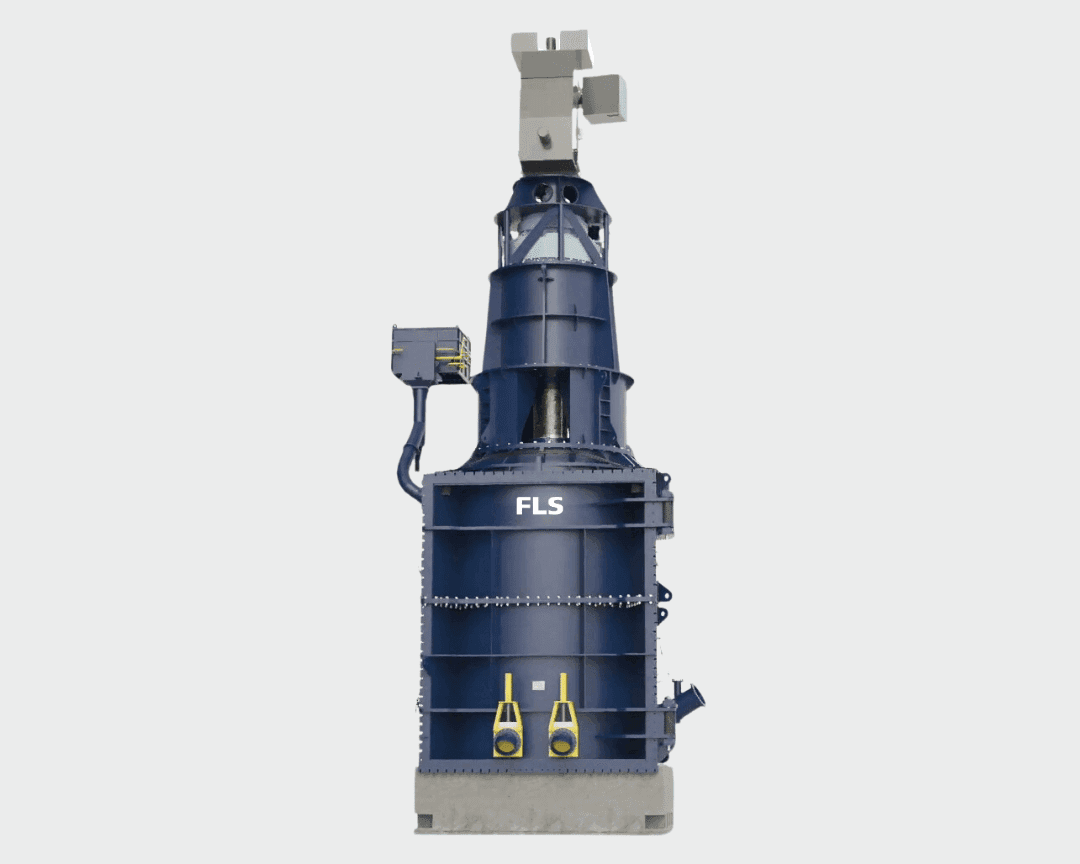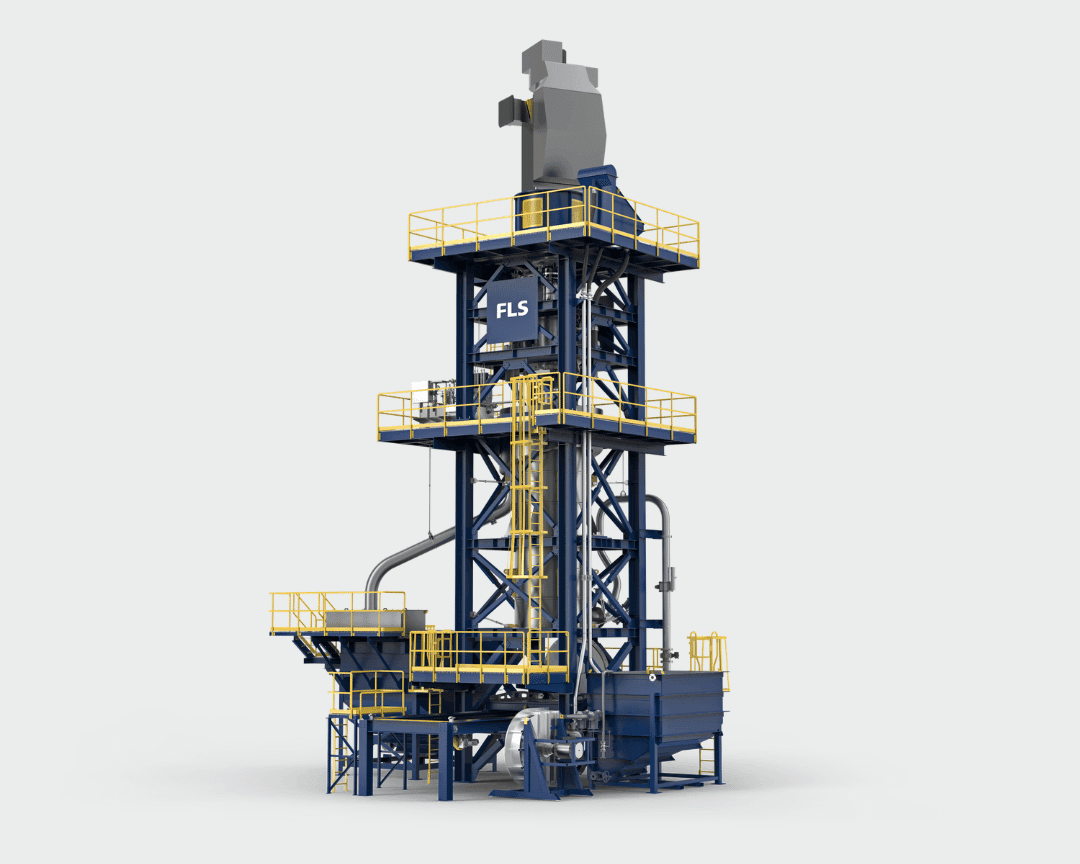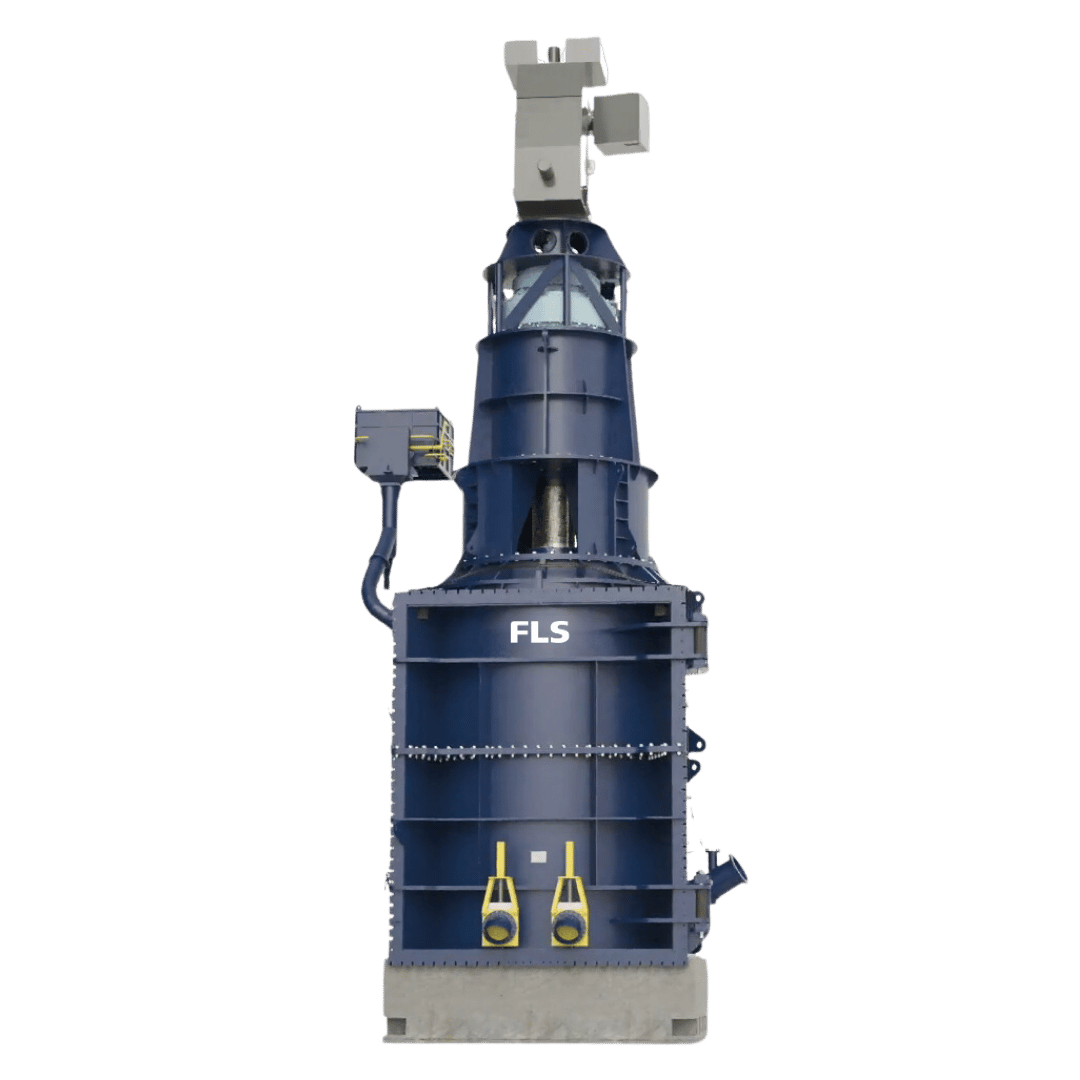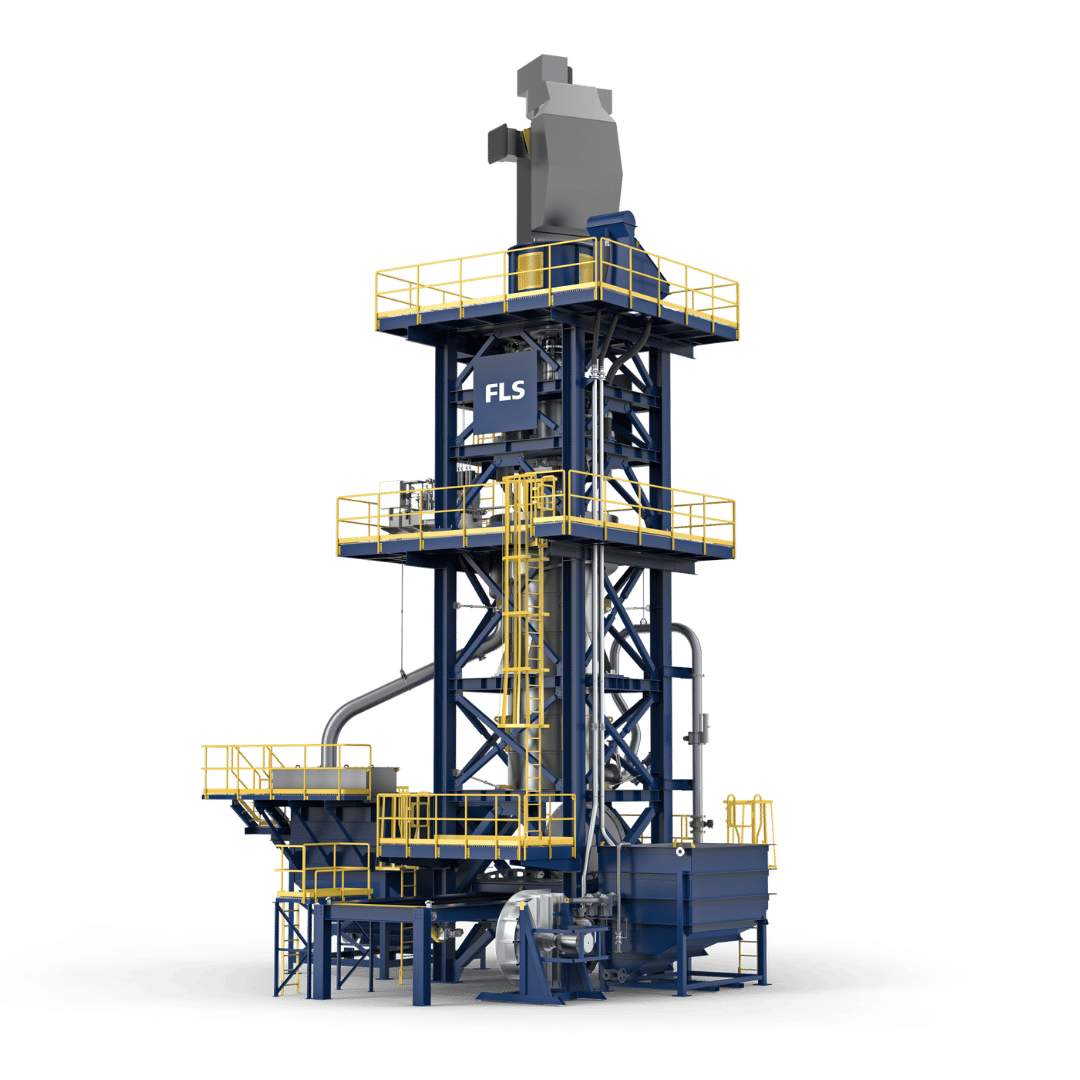Cost efficient and increased sustainability
Our vertical fine grinding mills offer lower capital expenditures by providing components that are factory tested and pre-assembled for rapid on-site erection. This results in a significantly shorter lead time compared to competitors. Additionally, simple containerised shipping further reduces logistics costs and ensures fast, efficient transportation. These features make the equipment cost-effective and easy to deploy, which is particularly beneficial for projects with tight budgets or time constraints.
